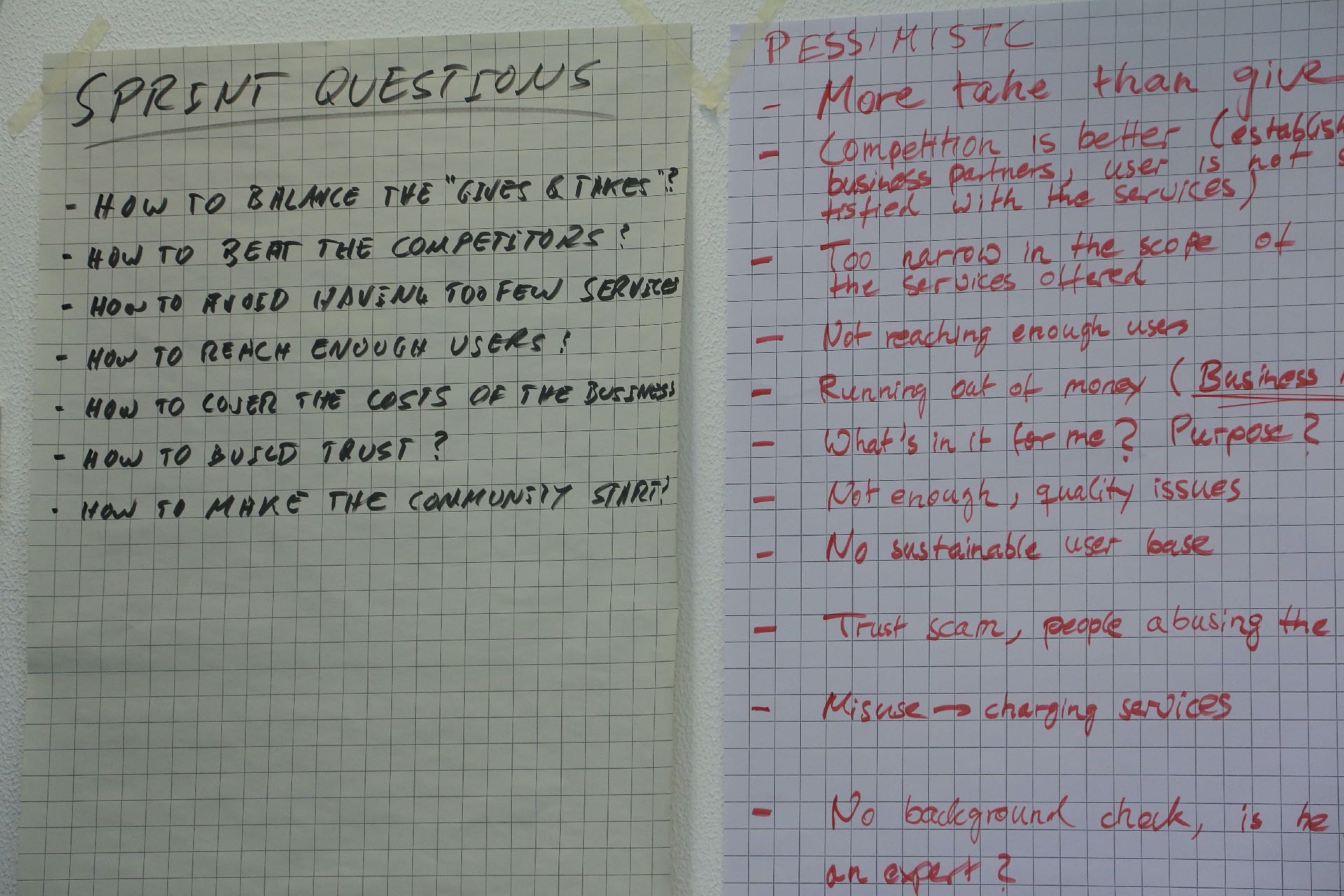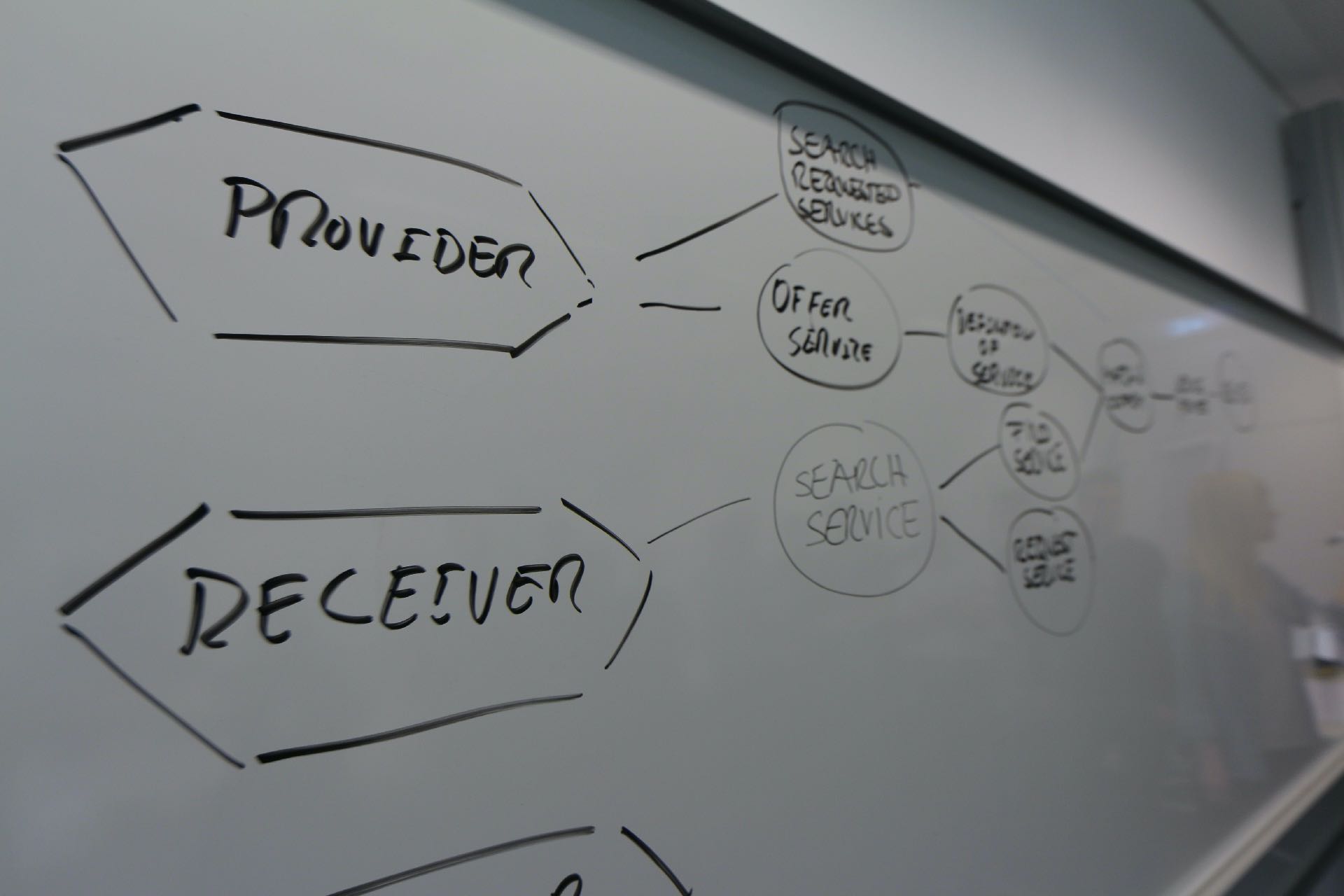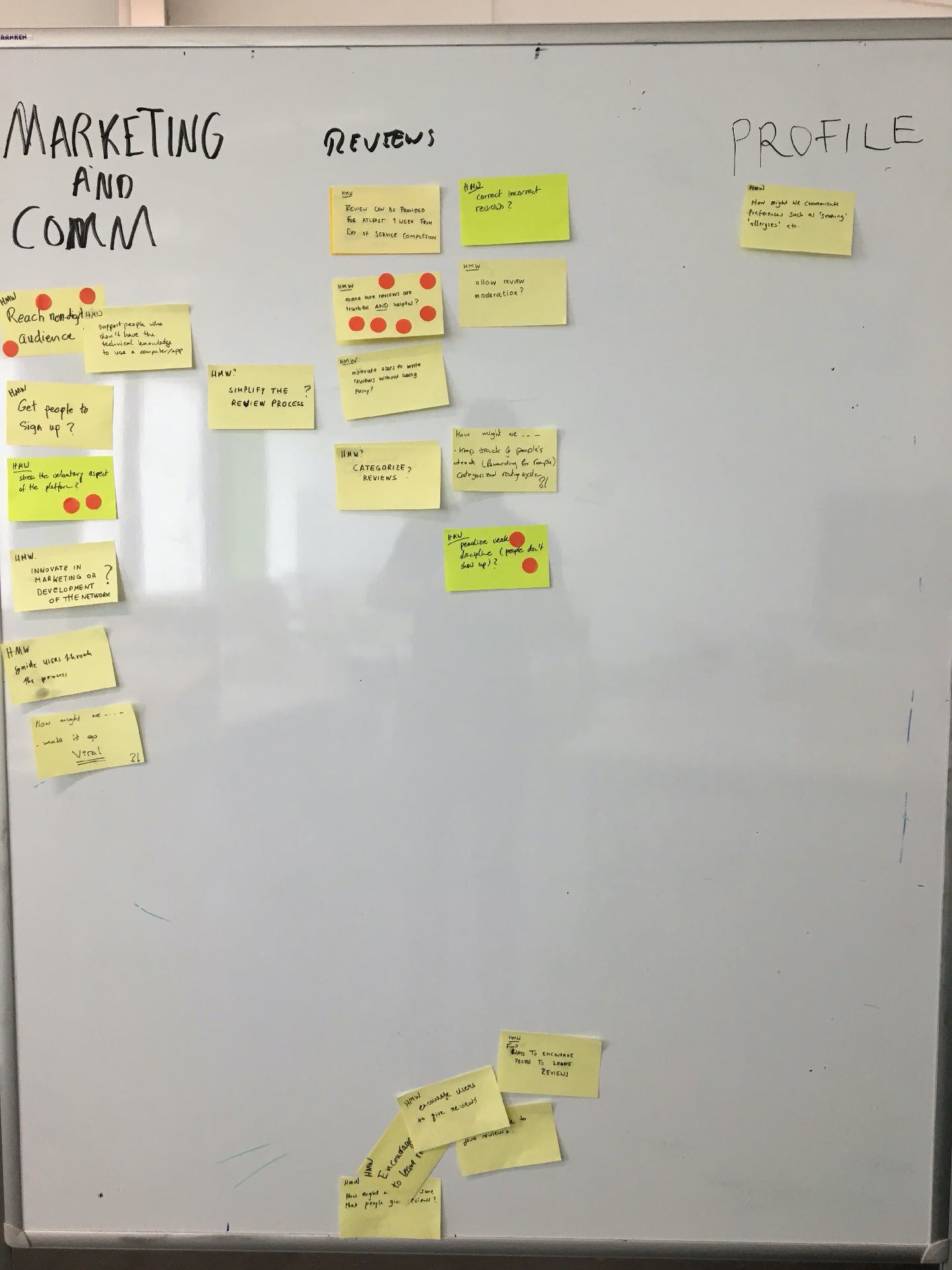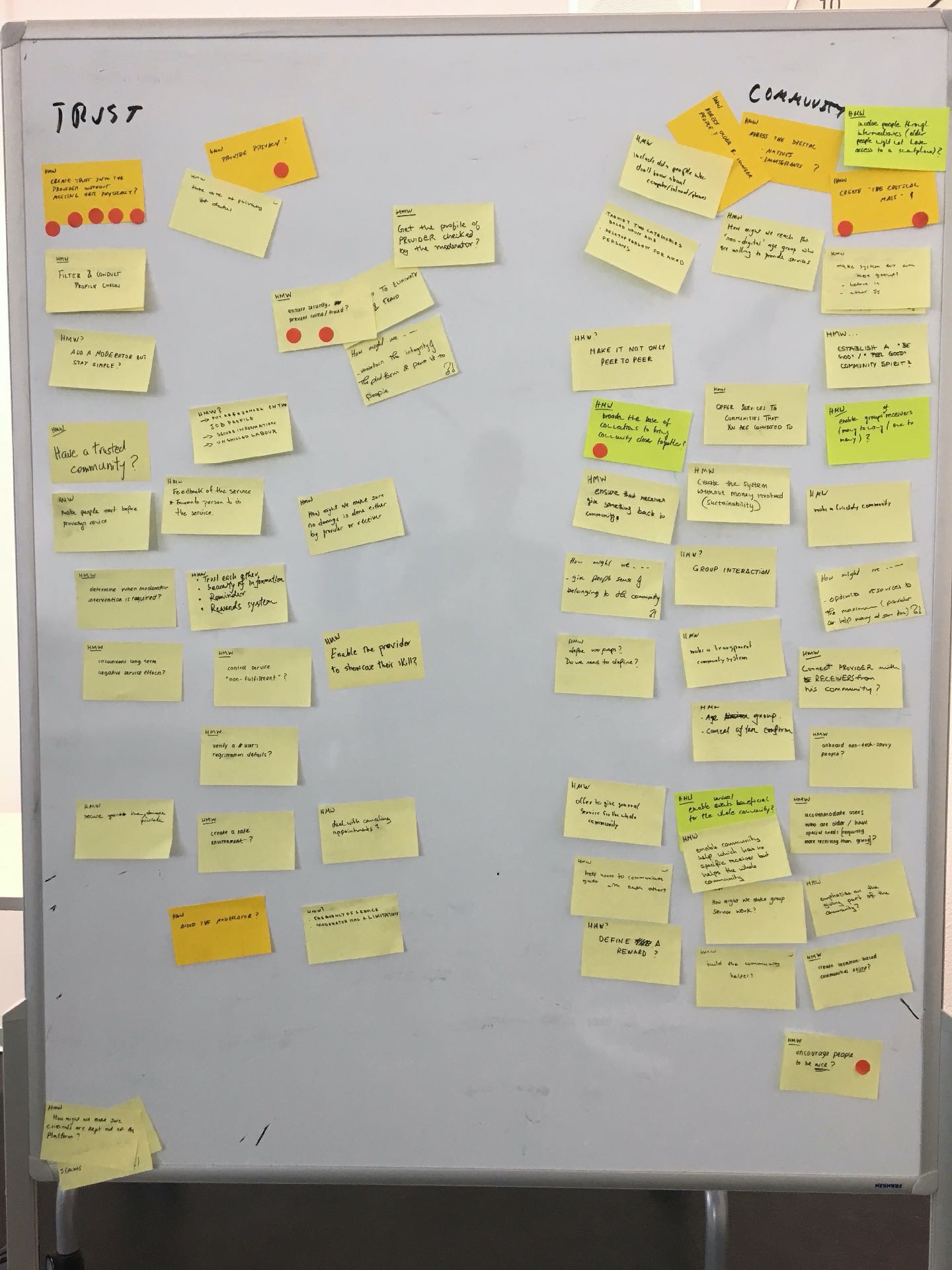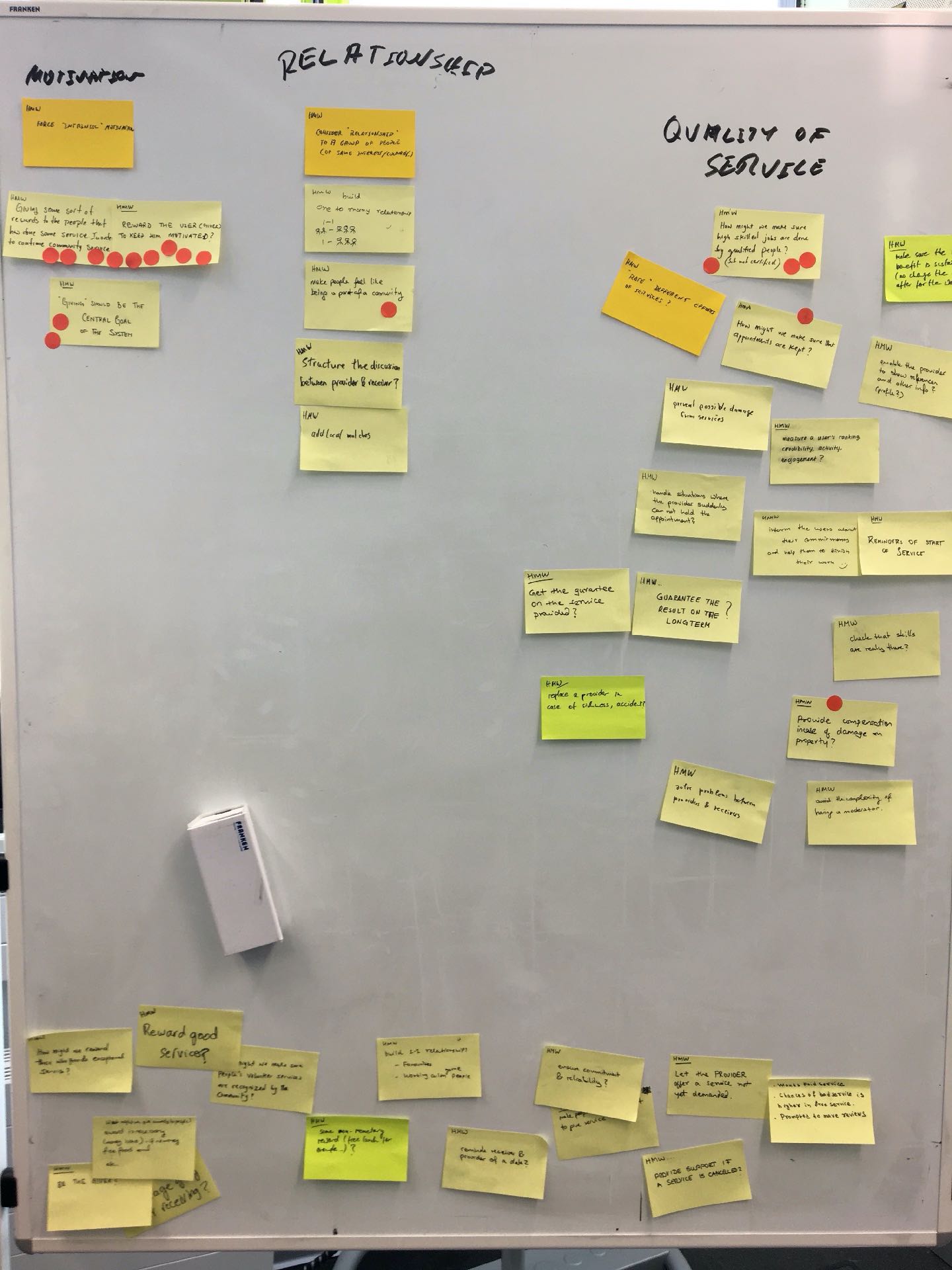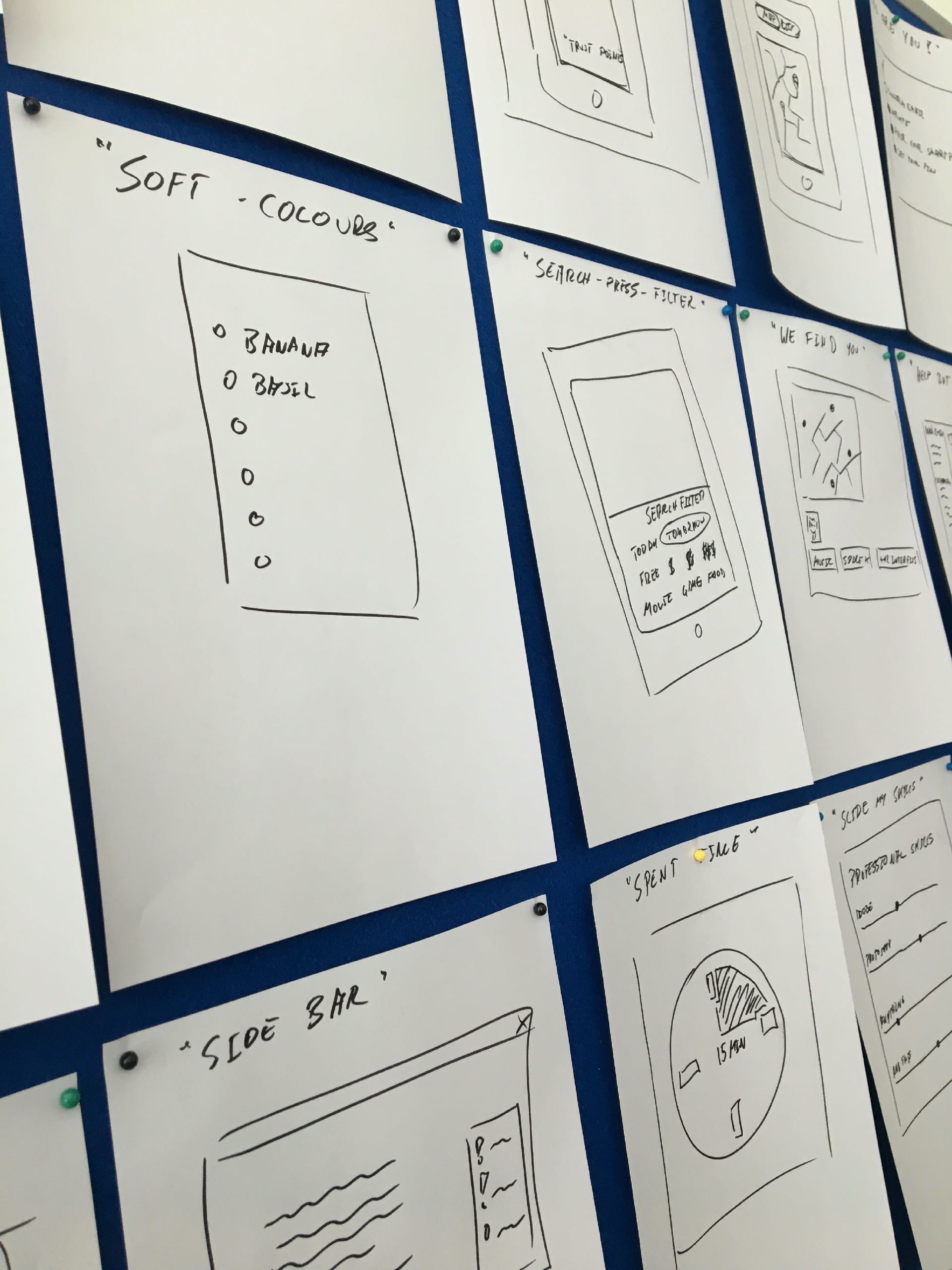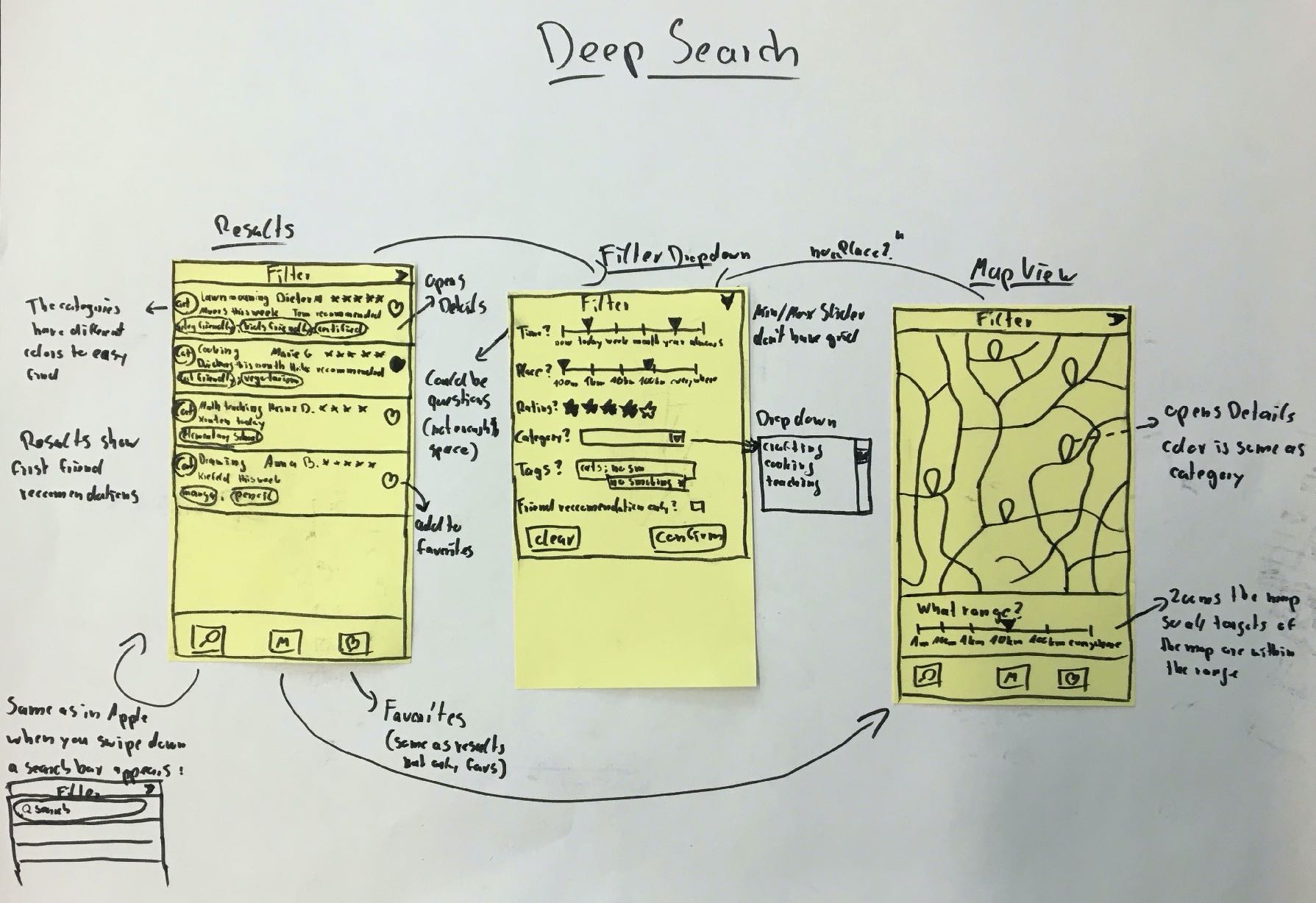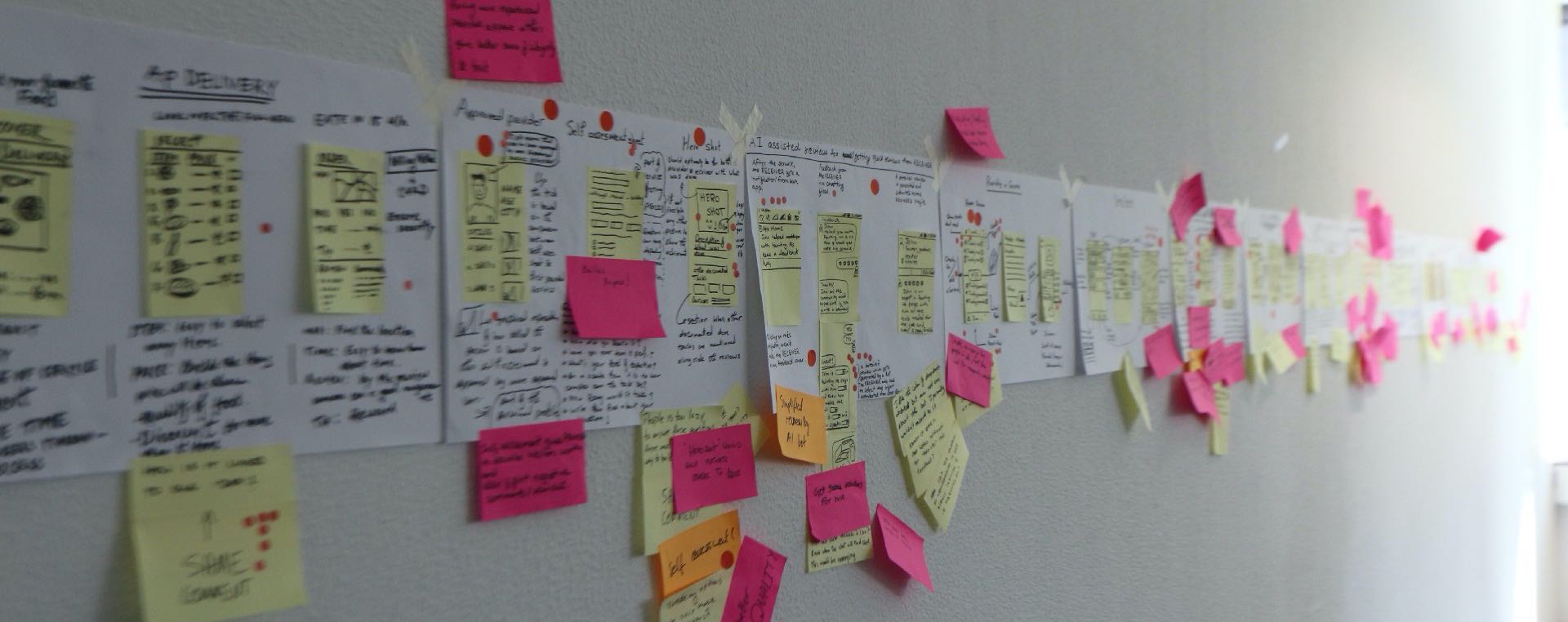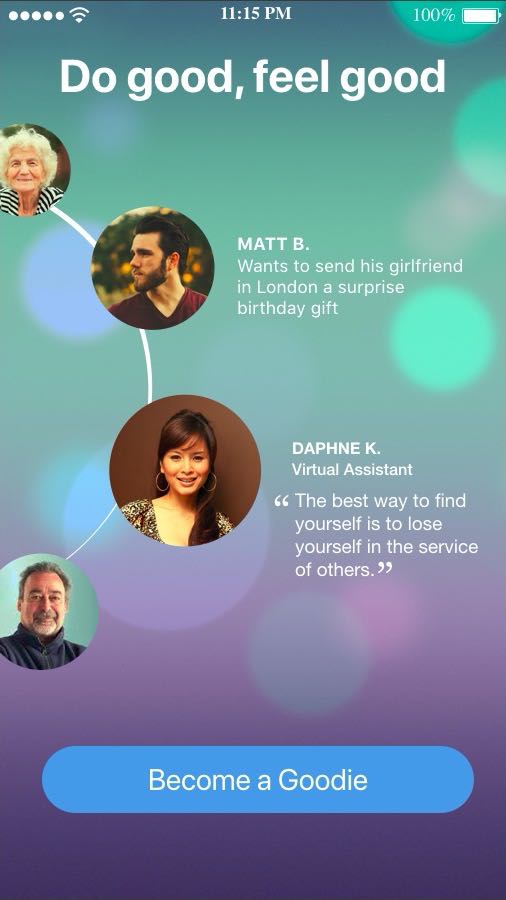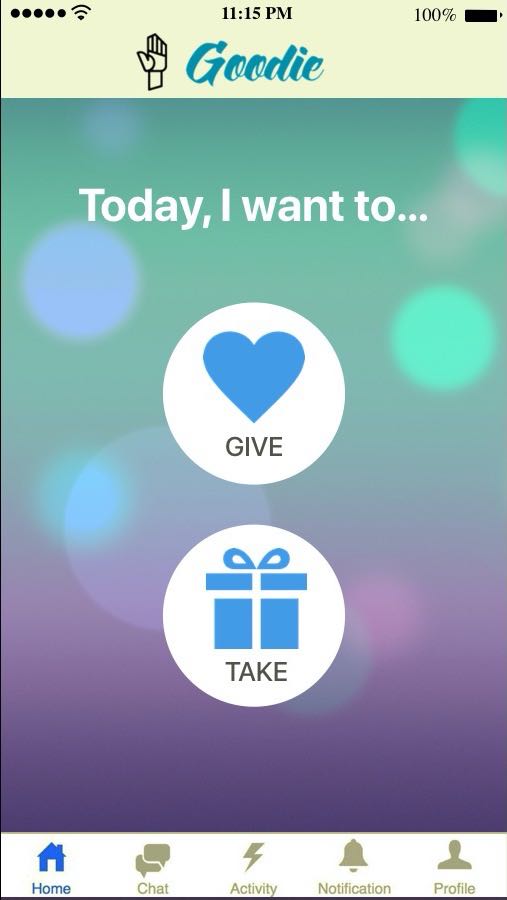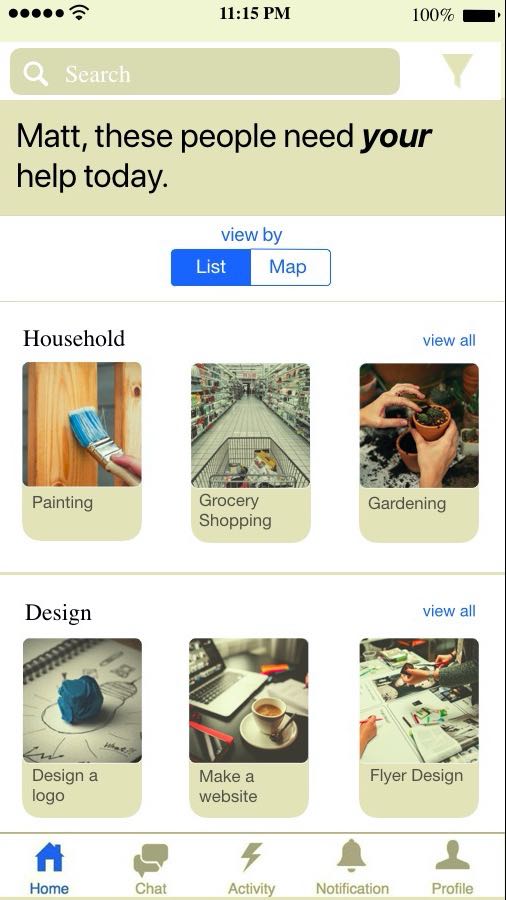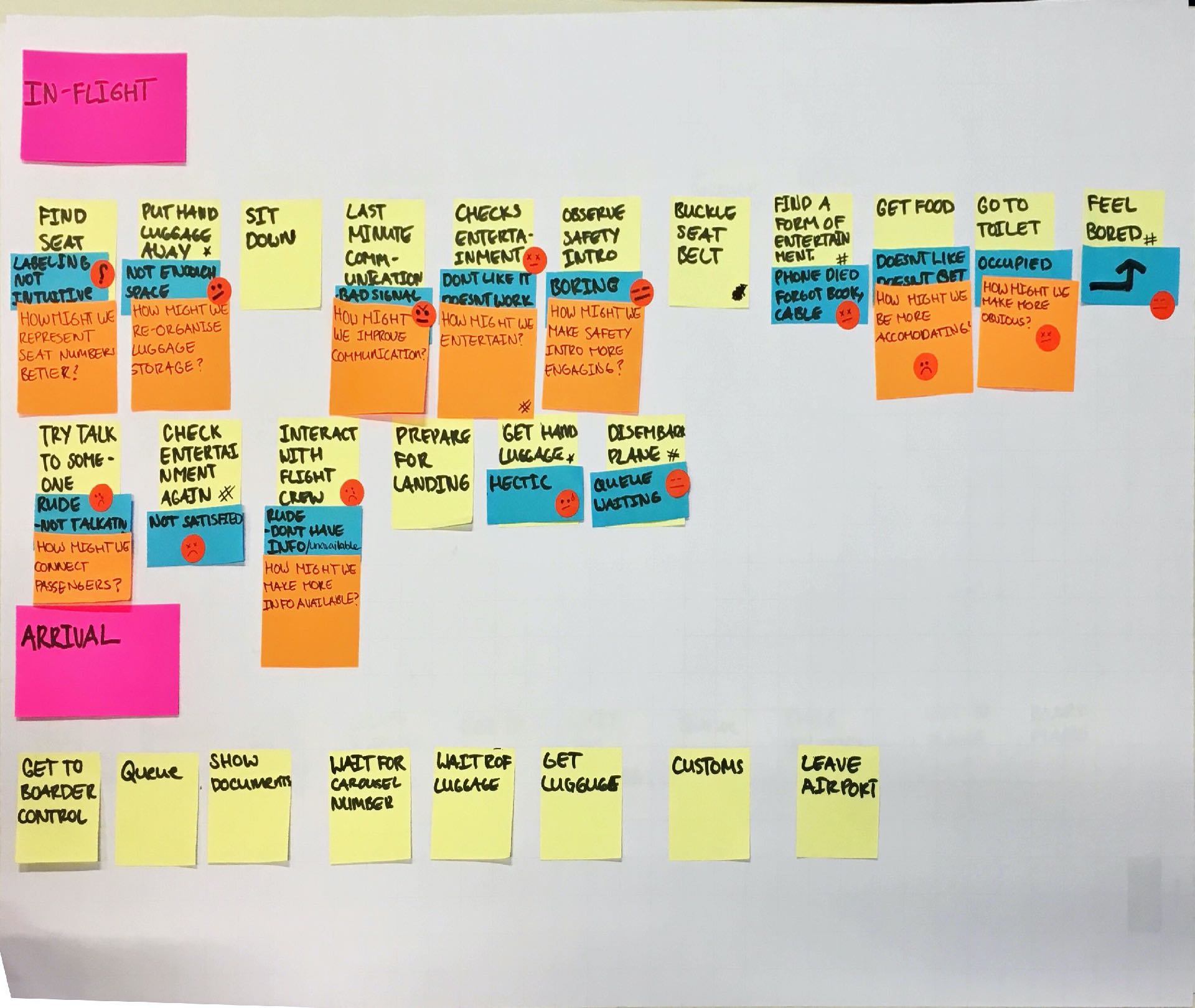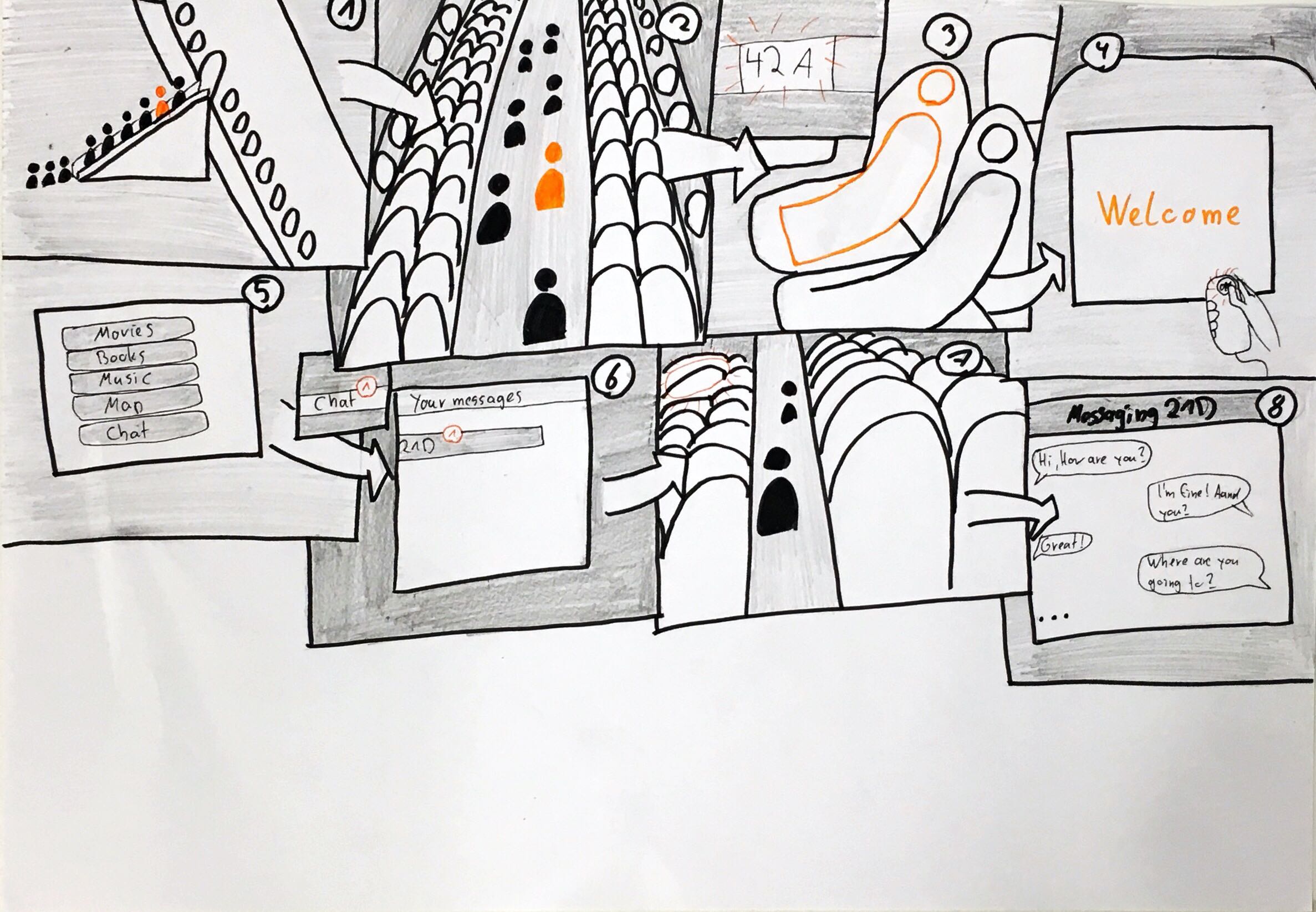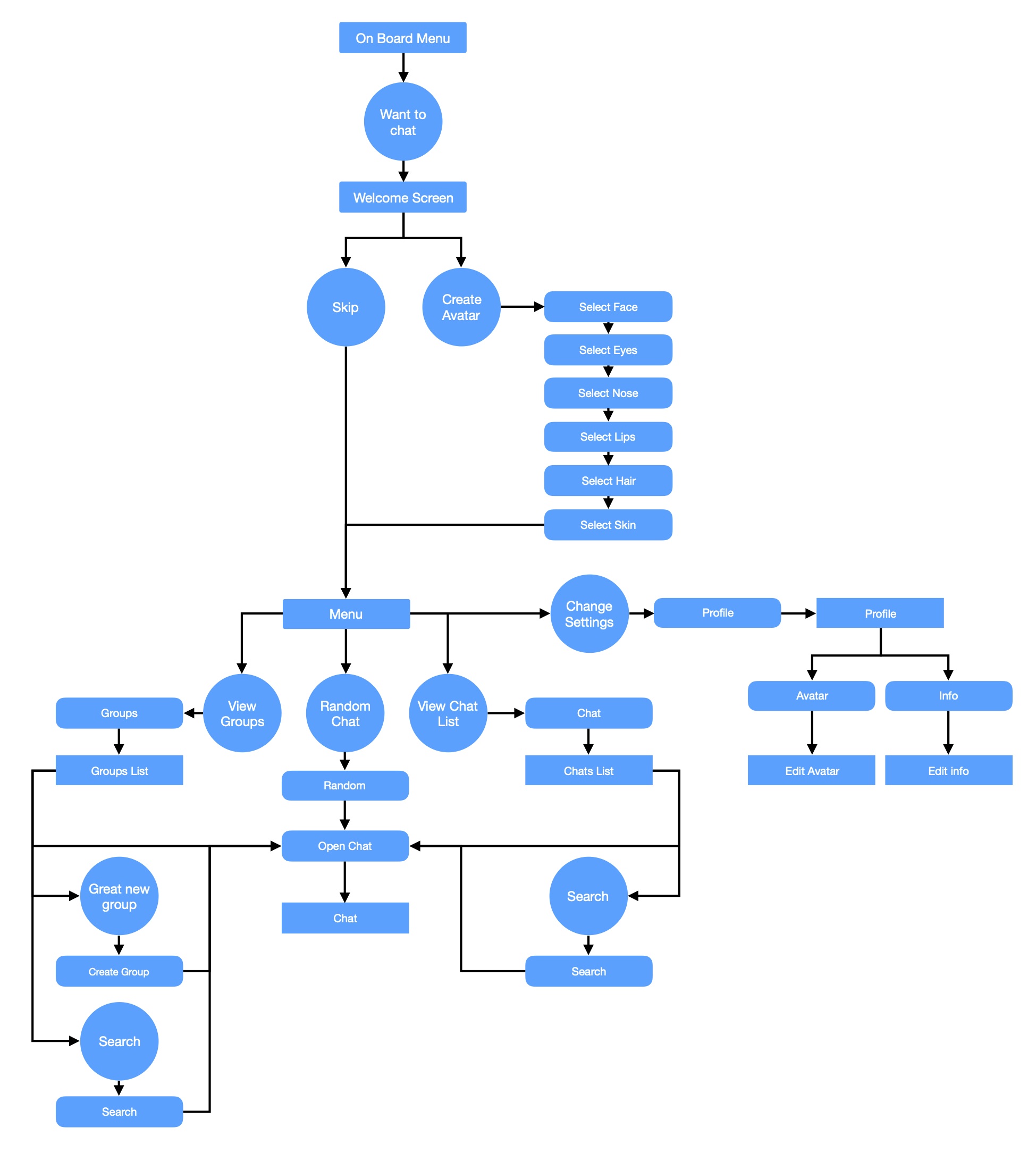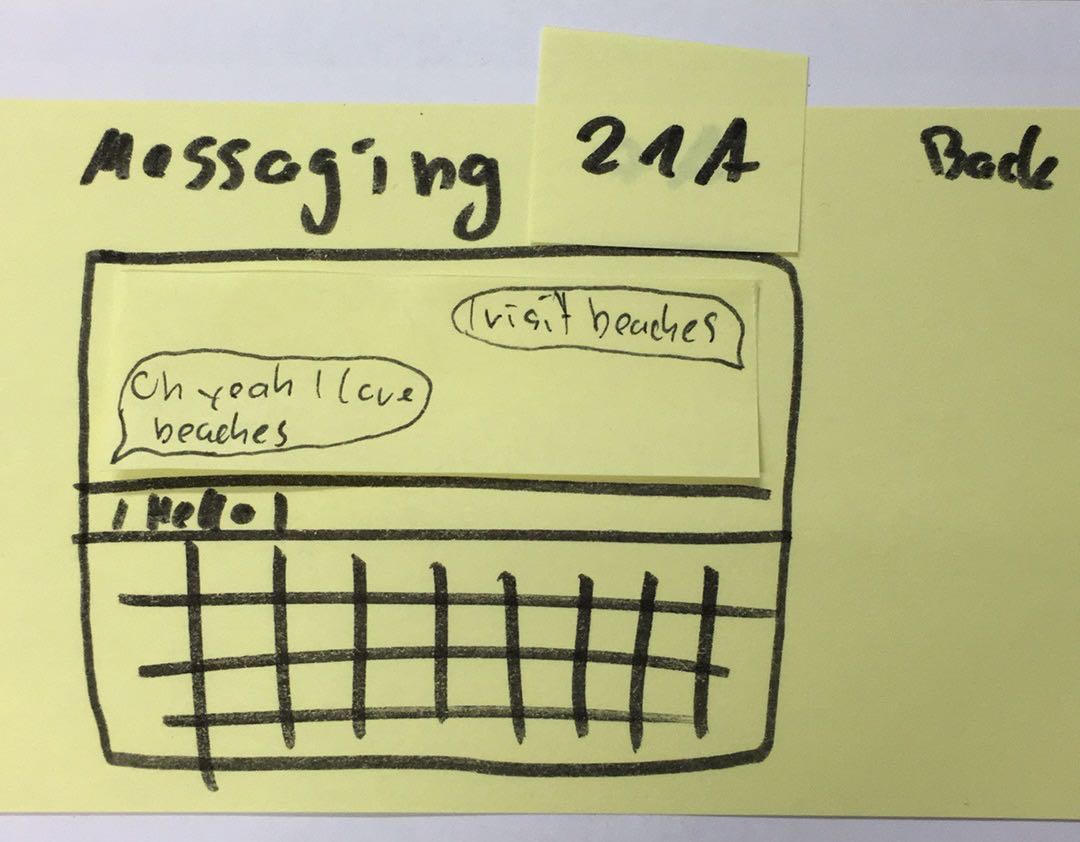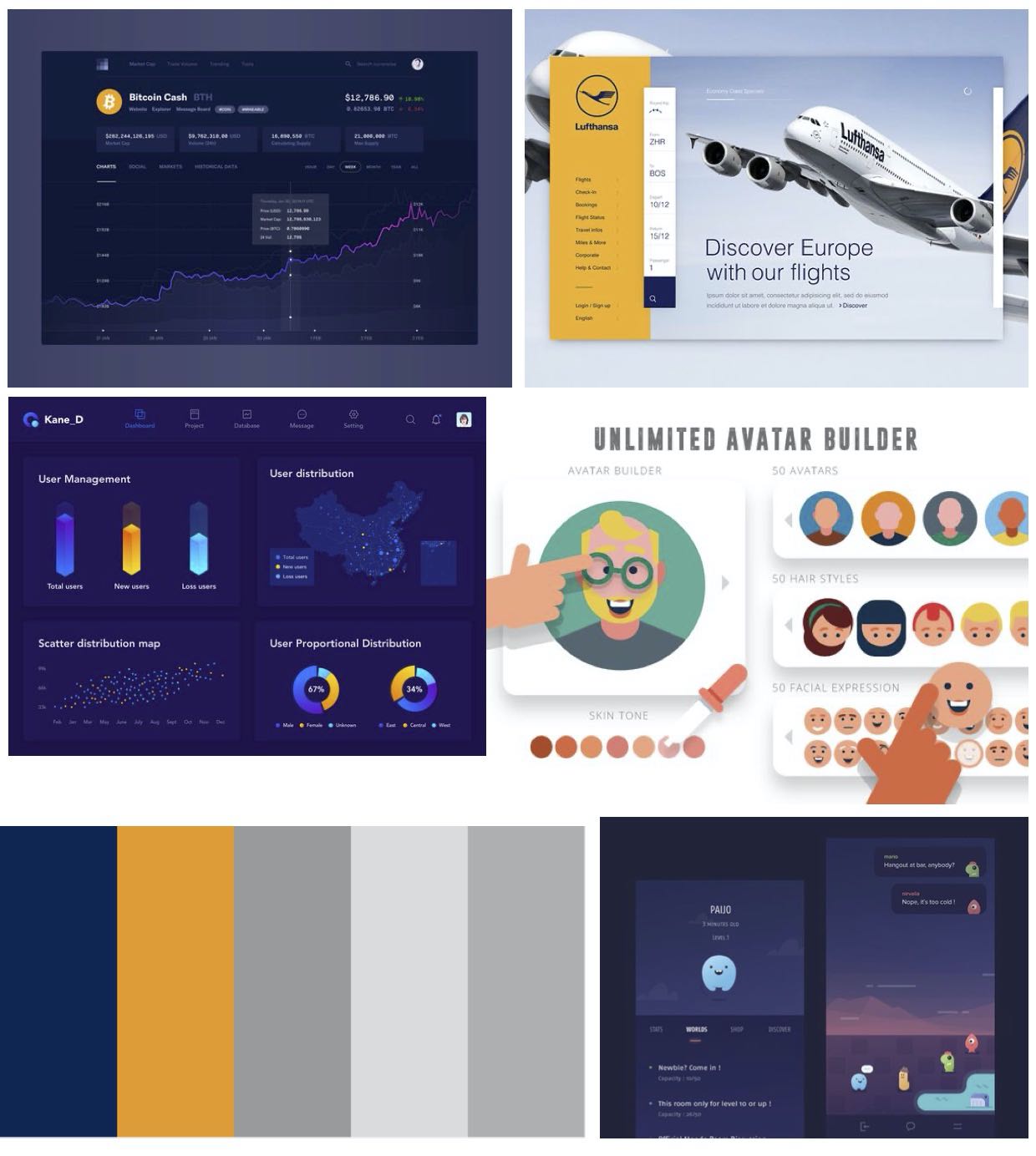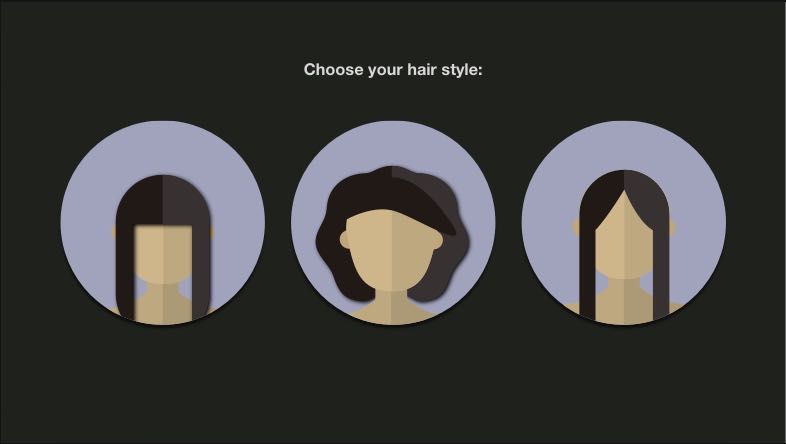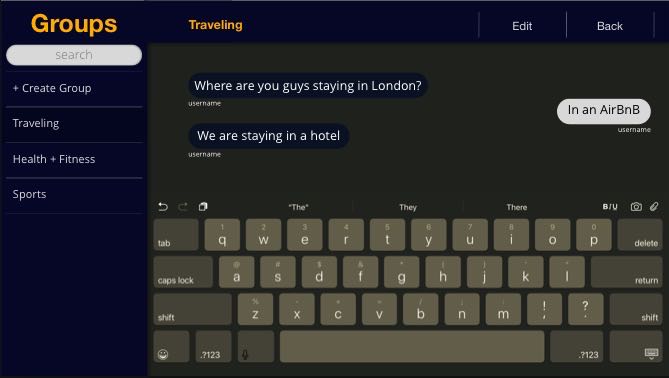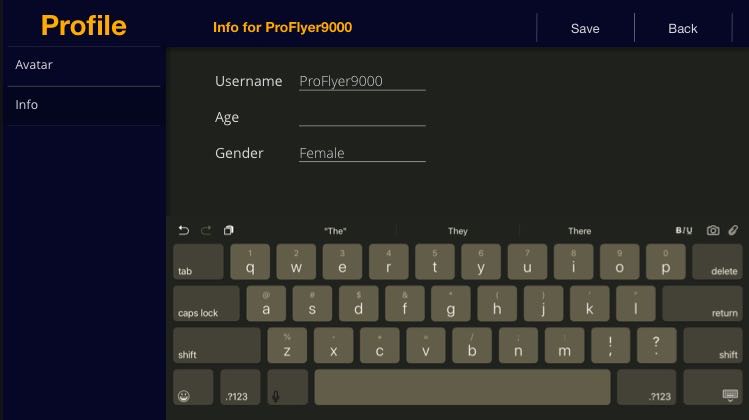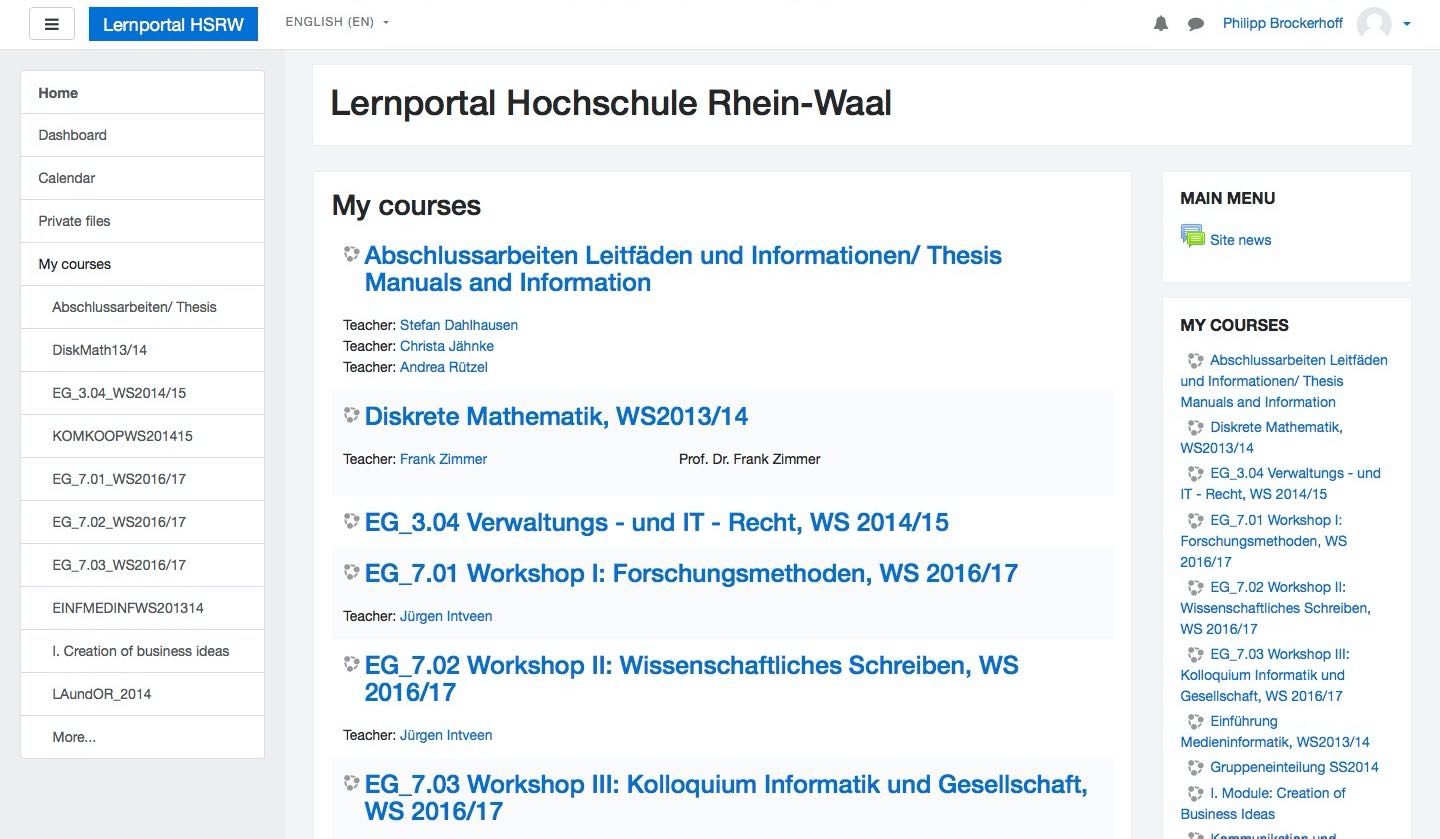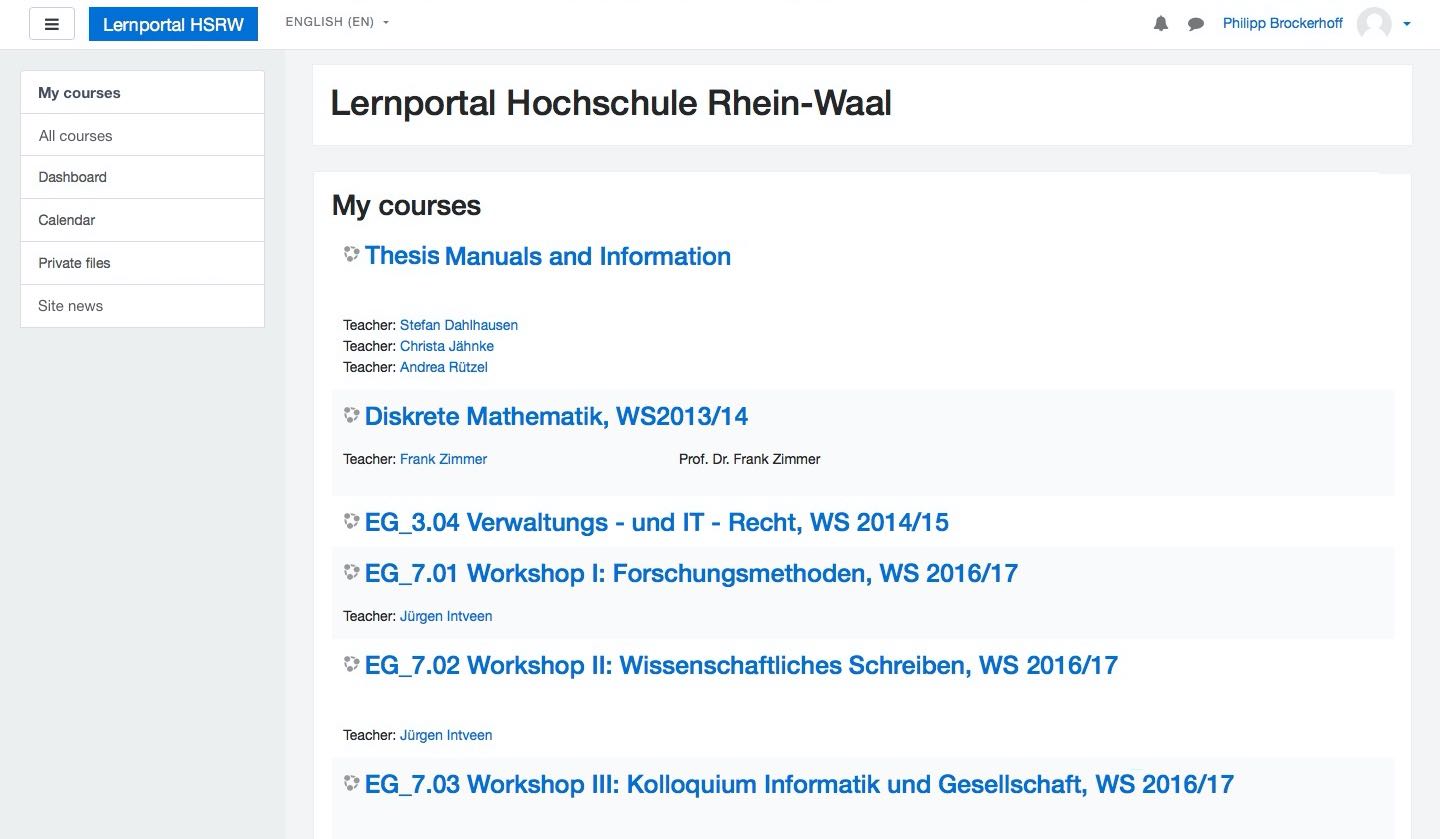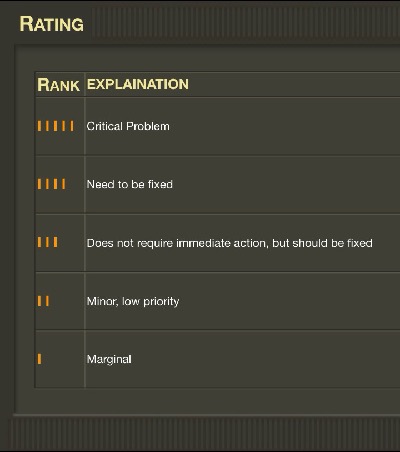Always books in groups of five, has three small kids, wants entertainment for the kids
Travels with his wife and kids "We fly at least two times per year."
45, married with kids
Flying is the best way to visit his wife's family across the globe, sometimes it's hard to keep the kids busy during long flights; They get really impatient and complain about not having fun stuff to do.
(think about it) Wants to take good care of his family without being really stressed out about it, would like the kids to have some fun without too much hassle.
Has a big heart, likes to talk to people, tries to make his kids more independent and would love them to have some fun during the flight - and for them to learn something new whilst doing so would be a great plus.
